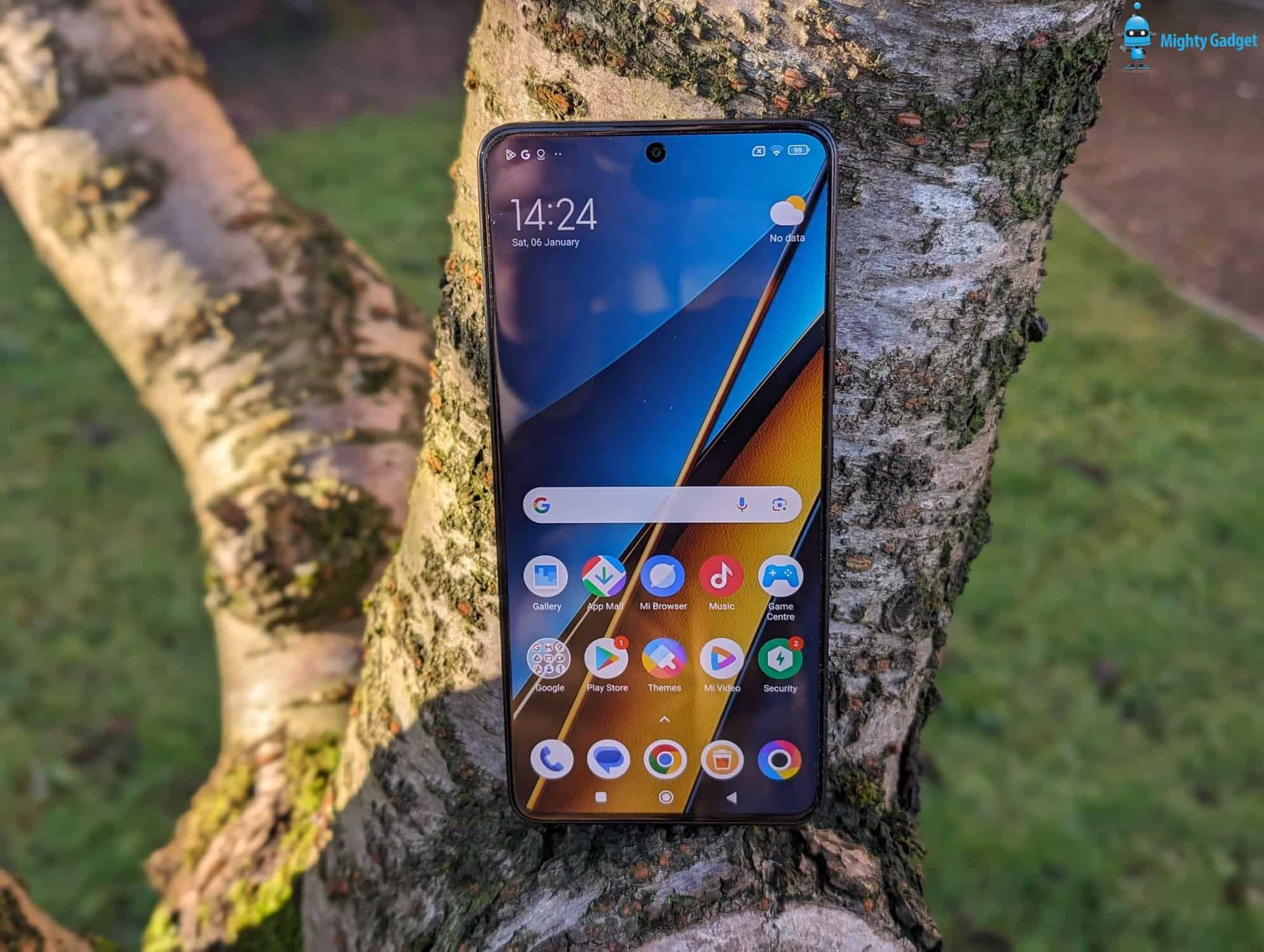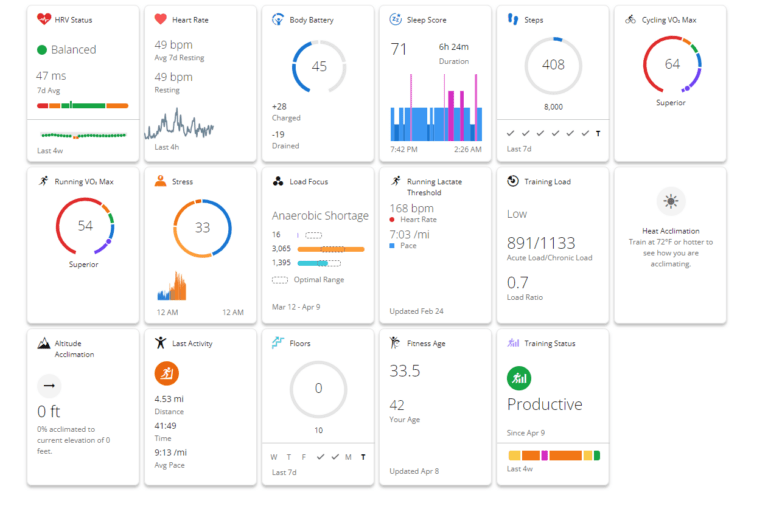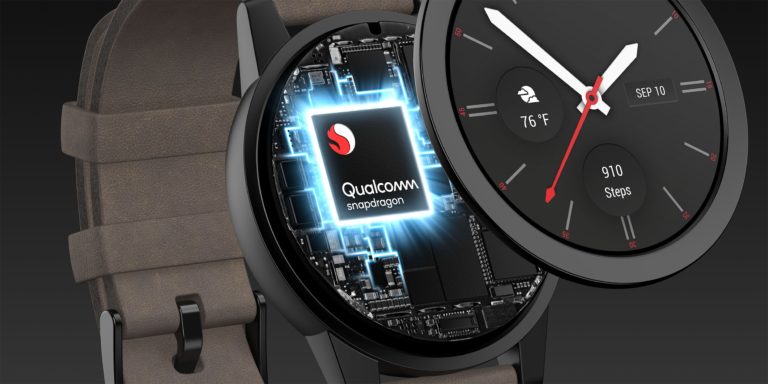Any links to online stores should be assumed to be affiliates. The company or PR agency provides all or most review samples. They have no control over my content, and I provide my honest opinion.
Xiaomi sub-brand Poco has announced its latest devices, the X6 and X6 Pro. These are affordable phones that are very similar in specification.
From the initial rumoured specs of the Poco X6 Pro, the only differences I can see are that it has a much better Dimensity 8300 Ultra chipset, faster 90W charging and faster storage. But, it lacks microSD expansion and a 3.5mm headphone jack. Assuming these rumoured specs are accurate, I think many people would prefer the more affordable Poco X6.
Poco X6 Specification
| Poco X6 | |
|---|---|
| Display | 6.67 inches AMOLED, 120Hz 1220 x 2712 pixels 1200 nits (HBM brightness), 1800 nits (peak brightness) |
| Chipset | Qualcomm Snapdragon 7s Gen 2 |
| RAM | 8GB / 12GB |
| Storage | 256GB / 512GB + MicroSD |
| Rear Camera | 64 MP, (wide), 1/2", PDAF, OIS 8 MP, 120˚, (ultrawide) 2 MP, (macro) |
| Front Camera | 16MP front camera |
| WiFi | 802.11a/b/g/n/ac |
| Bluetooth | Bluetooth 5.2 |
| NFC | Yes |
| Battery | 5100mAh (typ) |
| Charging | 67W wired |
| IP Rating | P54 splash-proof protection |
| Dimensions | 161.15mm x 74.24mm x 7.98mm |
| Weight | 181g |
Poco X6 vs Xiaomi Redmi Note 13 Pro
A lot of early rumours have suggested the Poco X6 is just a rebranded Redmi Note 13 Pro, and that is almost true, but there are some. significant differences:
- The Poco X6 has a basic 64 MP main camera which uses a 1/2″ sensor whereas the Redmi Note 13 Pro has a 200MP 1/1.4″ sensor.
- The Poco X6 is available with 8GB RAM with 256GB storage or an impressive 12GB/512GB, whereas the Redmi starts at 8GB/128GB and goes up to 16GB/512GB.
- The Poco X6 has a Hybrid Dual SIM, allowing you to use one SIM slot of microSD storage.
Design and Build Quality
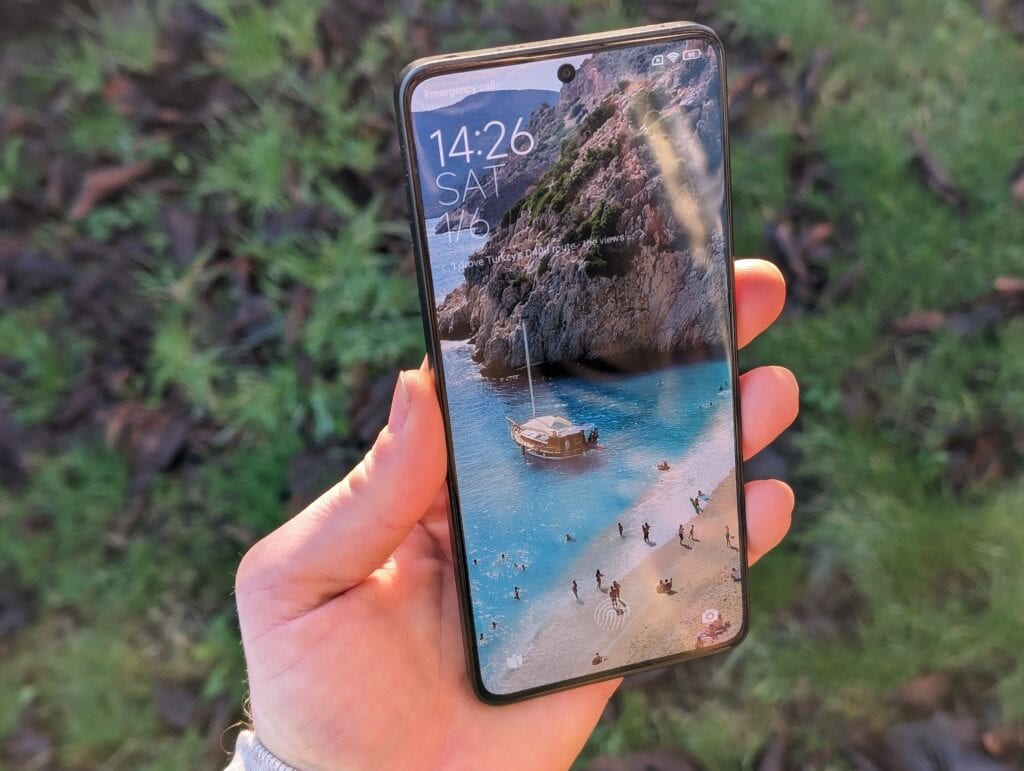
I was sent the phone in black, and the overall appearance is quite generic but with nothing to criticise too much.
The only points that are really worth mentioning are the 3.5mm headphone jack, which many people state is important to them, and the sim tray supports dual SIMs or one SIM and a microSD card to extend the already generous storage.
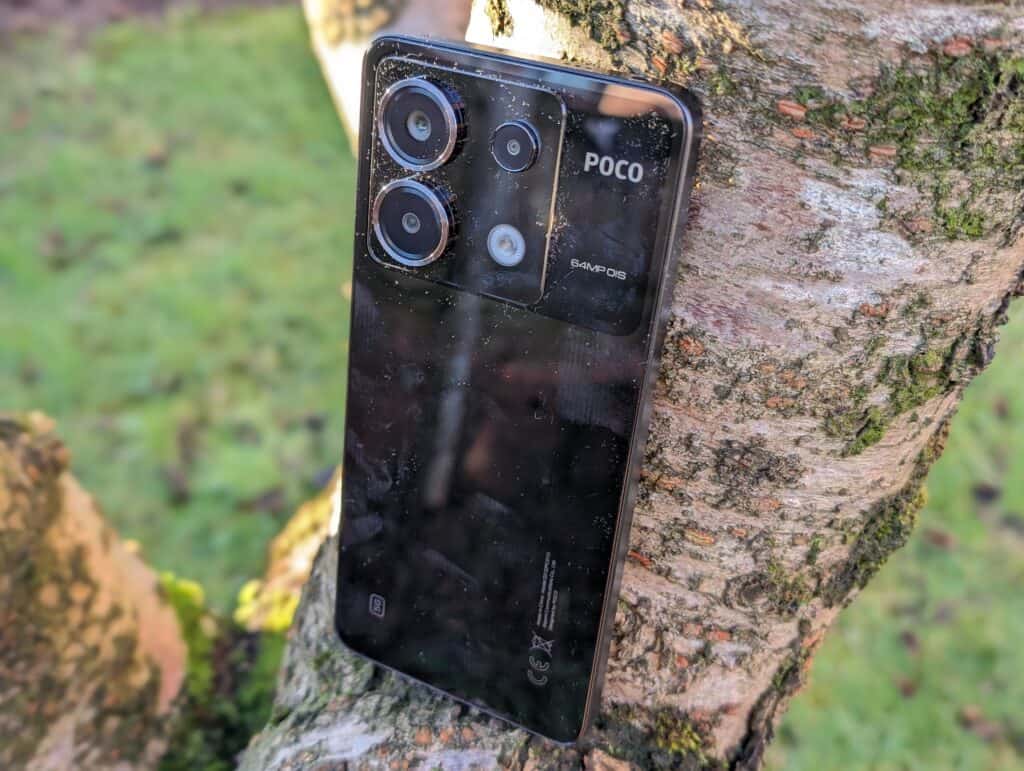
On the rear, you have a significant camera bump, and the included rubber case has a strange large cut-out with a giant lip around the edge to protect the protruding cameras.
Overall, while it may not be the most exciting design (which is true for all phones, really), it feels well-made, and the black colour makes it neutral looking.
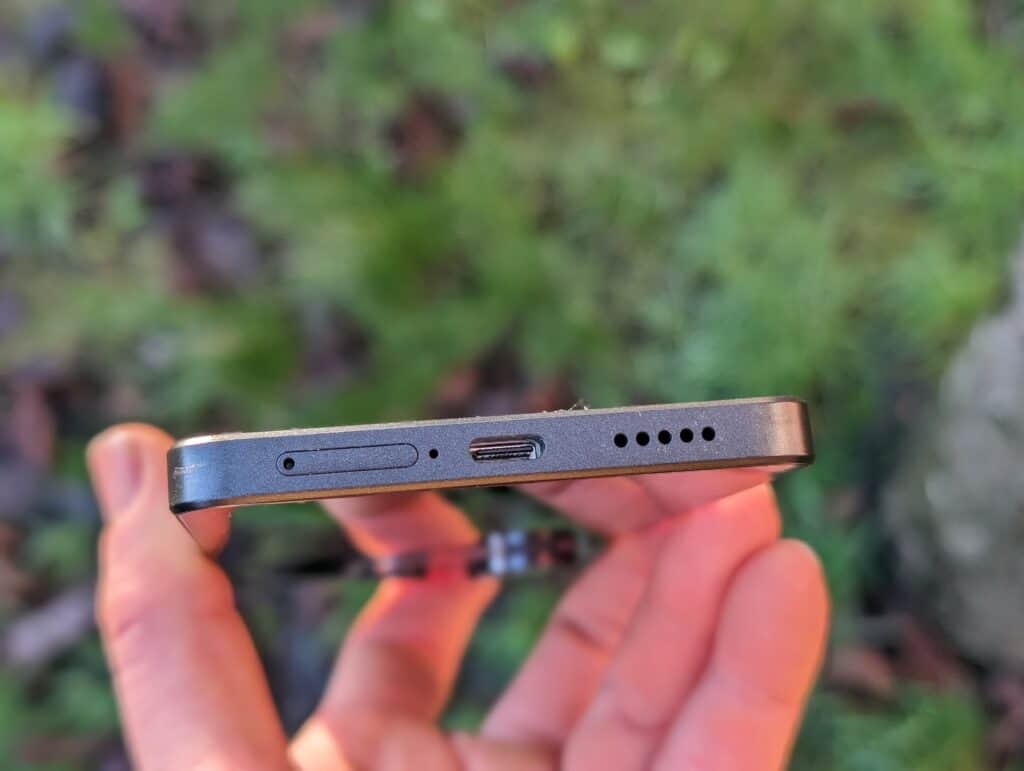
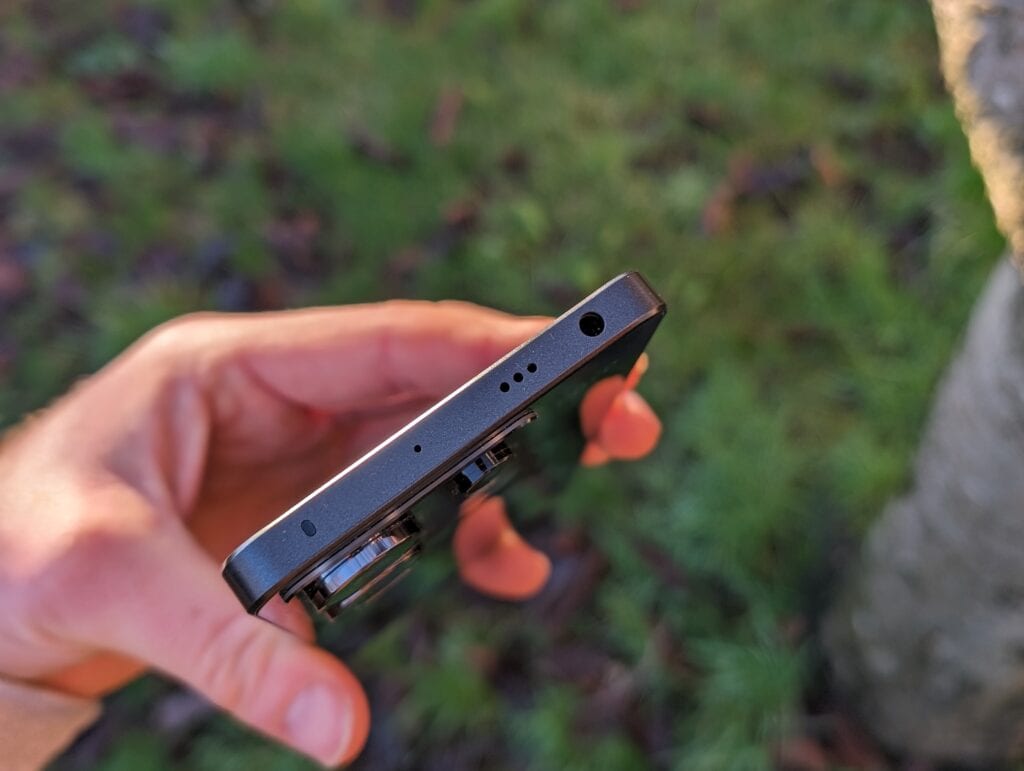
Display
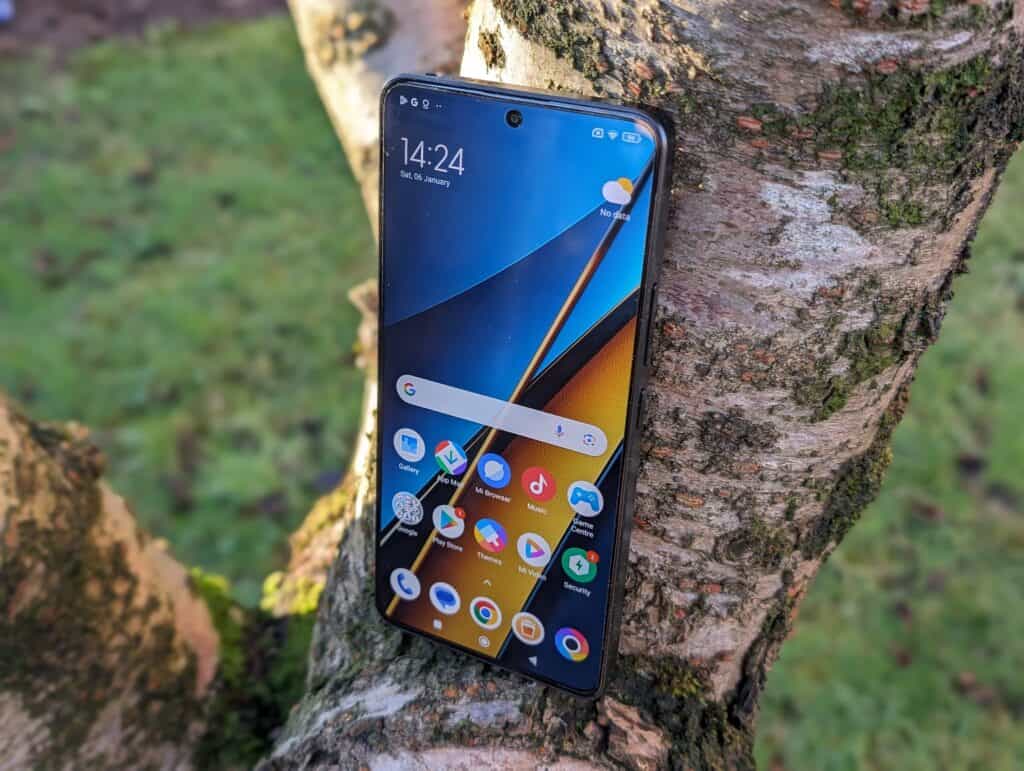
The quality of displays on phones has improved tremendously in recent years, and this is true for the Poco X6. Even though it is an affordable phone, you have an AMOLED display running at 1220 x 2712 pixels and a 120MHz refresh rate. It has a typical brightness of 500nits, but it can hit 1200nits with HBM (High Brightness Mode) when outdoors in the sun.
Camera
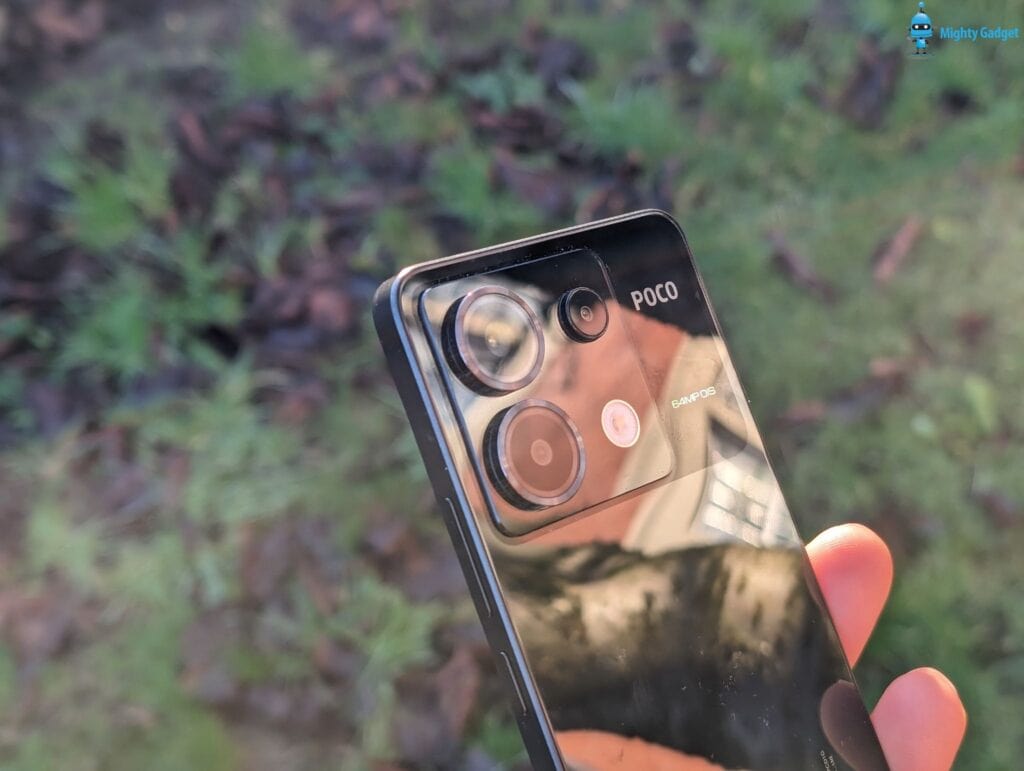
The Poco X6 has a basic camera specification of:
- 64MP main camera with OIS using the OmniVision OV64B 1/2” sensor.
- 8MP ultra-wide camera using the Sony IMX355 1/2.8” sensor.
- 2MP macro camera
Like many affordable phones, the 2MP macro camera is largely useless.
Even though the other two sensors are nothing to get excited about, the overall performance is acceptable. In good condition, the 64MP can take excellent photos, and I was quite impressed with the quality of the 4MP zoom. This is, of course, digital zoom, and therefore, you lose quality, but I thought the overall quality was better than expected.
The 8MP ultra-wide gets the job done when needed, but you are better off sticking with the primary camera.












Performance and Benchmarks
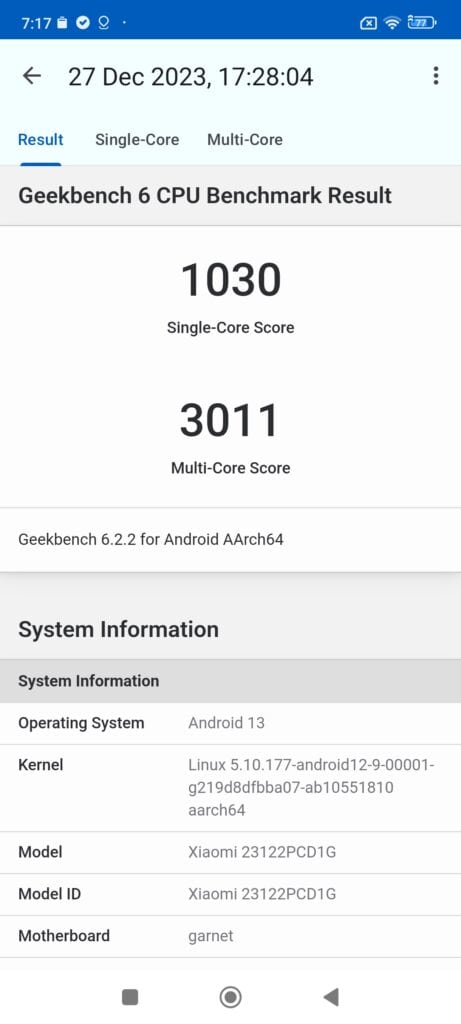
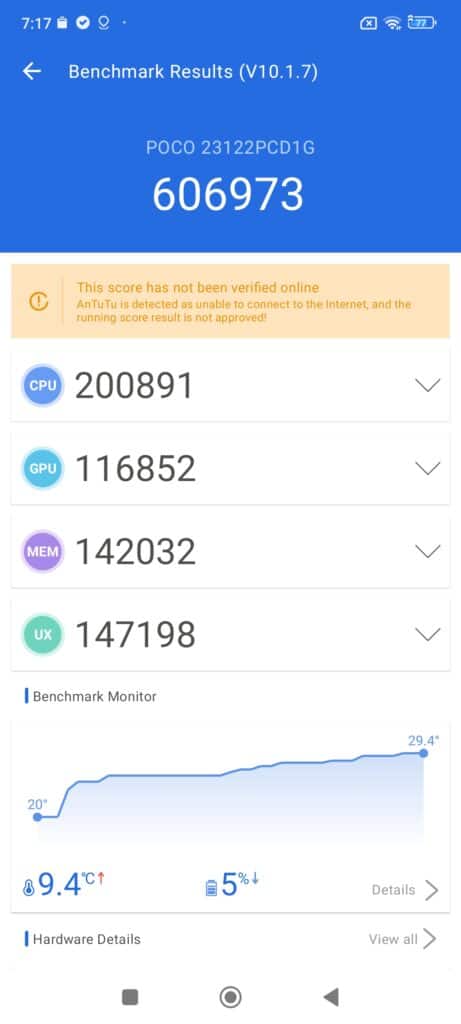
This is the first phone I have used with the Qualcomm Snapdragon 7s Gen 2, whereas most of the affordable phones I have reviewed in the past year use MediaTek chipsets.
For benchmarking, I wasn’t able to run any of the 3Dmark benchmarks as it indicated the servers could not be reached.
On paper, the Qualcomm Snapdragon 7s Gen 2 has a good specification, in particular, the CPU design includes a single 2.9 GHz ARM Cortex-X2 with 3x ARM Cortex-A710 and 4x ARM Cortex-A510. However, it doesn’t perform quite as well as the various MediaTek options in other benchmarks.
In Antutu, it achieved a score of 584307, and in Geekbench 6, it achieved 1030 and 3011 for single-core and multi-core, respectively.
Interestingly, Poco advertises this as achieving 640170 in Antutu. I retested the phone in performance mode and still only achieved 606973.
This places the Qualcomm Snapdragon 7s Gen 2 at a similar level to the MediaTek Dimensity 8020, which is the same chipset used in the Zero 30 5G.
The previous Poco X5 used the Snapdragon 695 and achieved significantly lower scores of around 400K in Antutu then 915 and 2141 in GeekBench 6.
While the benchmarks may not be as impressive as some other chipsets, the overall user experience is good. I rarely play games and used the phone for a couple of weeks, I wouldn’t say there was a significant difference in perceived performance with this chipset and phones that are much more expensive. While this may not be the best option for keen gamers, I was still able to play most popular games. When I do game, I mostly play CoD, and this ran perfectly well.
Battery and Charging
The Poco X6 comes with a generous 5100mAh battery, and when you combine this with the mid-range Snapdragon 7s Gen 2, which uses a highly efficient 4nm fabricated process, you end up with superb battery life.
Two days should be easy for light to moderate use. Even things like photography don’t drain the battery too much due to the moderate camera specs.
I am a big fan of fast charging, and this can do up to 65W using the included charger.
Android 13 / MIUI 14
There have been some reports that the Poco X6 Pro will launch with the new HyperOS, which was initially featured on the Chinese Xiaomi 14 series.
At the time of writing, I don’t know about the Pro model, but in the case of the normal Poco X6, it is definitely running MIUI 14. Disappointingly, this is based on Android 13. I don’t find it makes a huge difference, and the target market probably won’t notice, but Android 14 would have been preferable.
As always with Xiaomi phones, there is quite a lot of bloatware. So much so that I won’t list all the random apps installed. The main things installed are games, various social media and shopping apps and a bunch of tools. All of which can be uninstalled.
Apart from the games, a good example of unnecessary bloat is the fact this comes with three browsers. You have the Mi Browser, Chrome and Opera. Similarly, there are three file managers.
You also have the usual Xiaomi apps, such as Security, which you can uninstall, but you can disable most of its features within the app.
Apart from the additional apps, I find the overall UI to be perfectly usable; there are no glitches, it runs well, and nothing particularly to criticise.
Price and Alternative Options
At the time of writing, I have not been informed of the Poco X6 price, but I’d expect it to be around the same price as the previous Poco X5.
I am also not aware of when or where this will be available, but considering the previous phone launched in the UK, I would assume the same is true here. This is important because many of the phones I have made comparisons to in this review are not officially available in the UK.
The Poco X5 5G used the Snapdragon 695 and came with a 48MP main camera. It was available to buy in the UK for £279 for the 6GB/128GB variant.
The Xiaomi Redmi Note 13 Pro has an official RRP of ₹23,999 or £227, and you can get it on eBay with 8GB/128GB for £280.
The Infinix Zero 30 5G is available on eBay for around £300, and the Infinix GT 10 Pro is around £265.
For phones that are officially available in the UK, the best two alternatives I could find on Amazon are:
- Samsung Galaxy A54 – RRP £450 but available for £310. Uses the Exynos 1380 (5 nm) and has 6GB/256GB with a 50MP primary camera, 12 MP ultra-wide and 5MP macro
- Honor 90 – RRP £449 but available for £350. It uses the Qualcomm Snapdragon 7 Gen 1 but has superior camera specs with a 200MP main camera, 12MP ultra-wide, and 2MP depth sensor.
Overall
The Poco X6 is one of the most affordable phones I have reviewed in a while, and the only thing I have to compare it against is the various Infinix phones.
As I didn’t know the RRP at the time of writing, it was a bit hard to compare.
In terms of hardware, I’d suspect you get better value for money with brands like Infinix. The MediaTek Dimensity 8050 is more powerful than the Qualcomm Snapdragon 7 Gen 2, and the Infinix come with a semi-decent main camera sensor.
However, I’d say the Poco is a bit more of a refined product. Both brands suffer from bloatware, and Poco is perhaps a bit worse, but I’d say the overall software experience is superior. Infinix is also not officially available in the UK.
The Samsung Galaxy A54 and Honor 90 are good alternatives if you want a better camera but they cost quite a lot more and there is very little in the UK priced between £250-300 that really competes with the Poco X6.
Overall, I think the Poco X6 is an excellent budget phone. It is the sort of phone I’d recommend to people who just want a decent phone with no bells and whistles. The performance is decent, the camera is adequate, and you get plenty of storage, it is one of the few phones to feature both expandable storage and a 3.5mm headphone jack.
Poco X6 Review
Summary
I think the Poco X6 is an excellent budget phone. It is the sort of phone I’d recommend to people who just want a decent phone with no bells and whistles. The performance is decent, the camera is adequate, and you get plenty of storage, it is one of the few phones to feature both expandable storage and a 3.5mm headphone jack.
Overall
85%-
Overall - 85%85%
Pros
- Good overall specification and real-world performacne for the price you pay
- 3.5mm headphone jack + microSD storage expansion
Cons
- Quite a lot of bloatware
I am James, a UK-based tech enthusiast and the Editor and Owner of Mighty Gadget, which I’ve proudly run since 2007. Passionate about all things technology, my expertise spans from computers and networking to mobile, wearables, and smart home devices.
As a fitness fanatic who loves running and cycling, I also have a keen interest in fitness-related technology, and I take every opportunity to cover this niche on my blog. My diverse interests allow me to bring a unique perspective to tech blogging, merging lifestyle, fitness, and the latest tech trends.
In my academic pursuits, I earned a BSc in Information Systems Design from UCLAN, before advancing my learning with a Master’s Degree in Computing. This advanced study also included Cisco CCNA accreditation, further demonstrating my commitment to understanding and staying ahead of the technology curve.
I’m proud to share that Vuelio has consistently ranked Mighty Gadget as one of the top technology blogs in the UK. With my dedication to technology and drive to share my insights, I aim to continue providing my readers with engaging and informative content.

